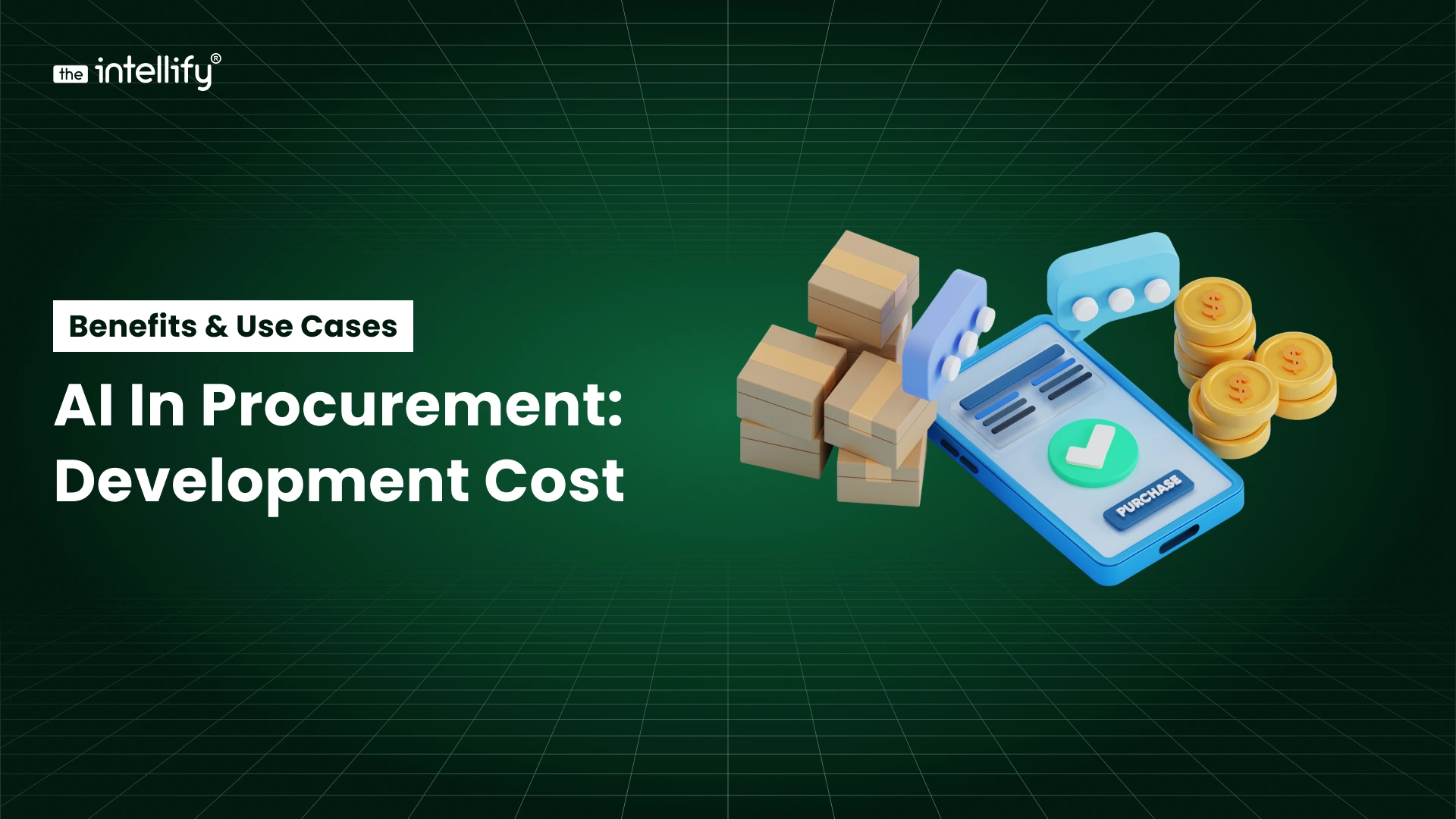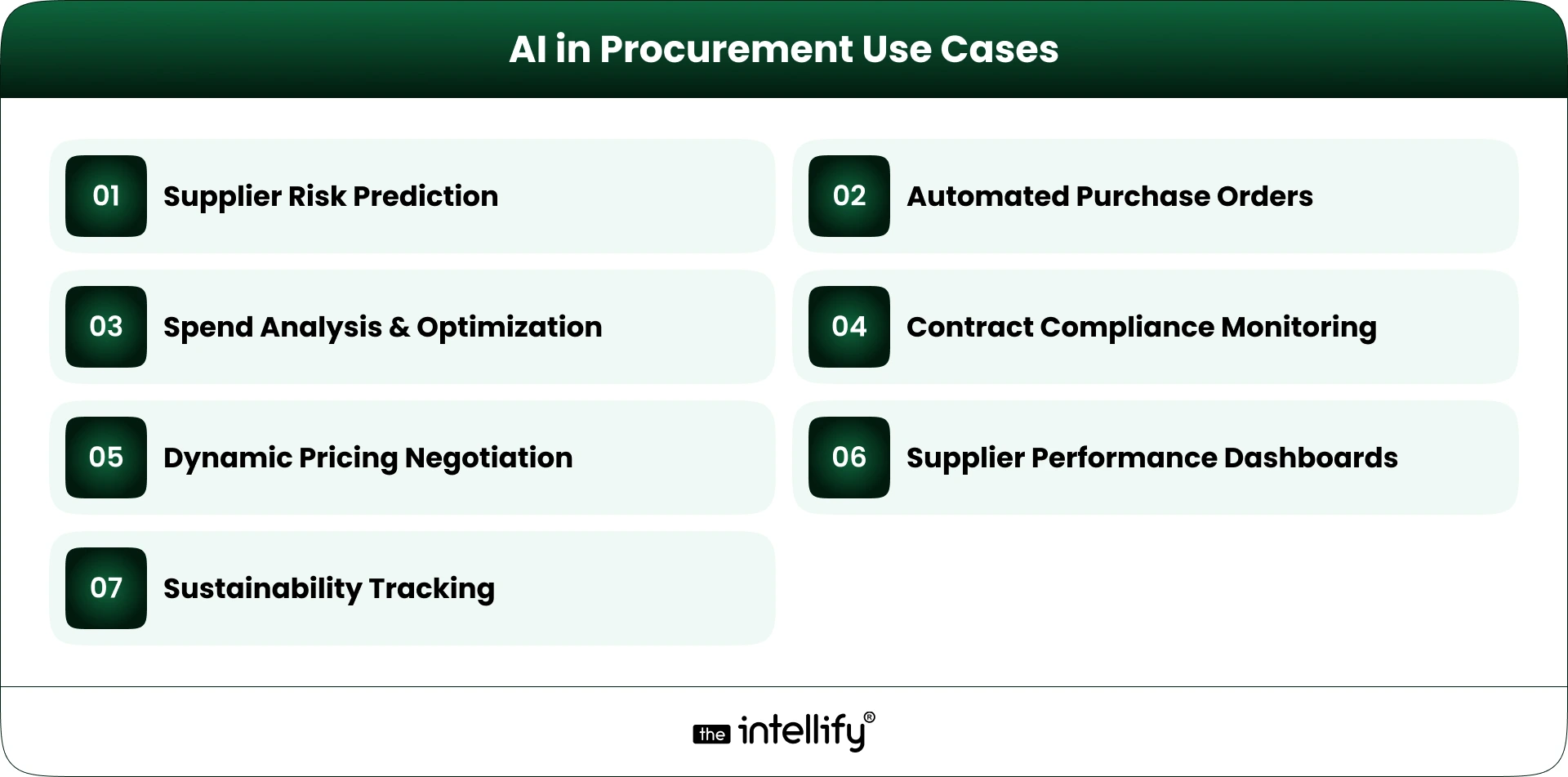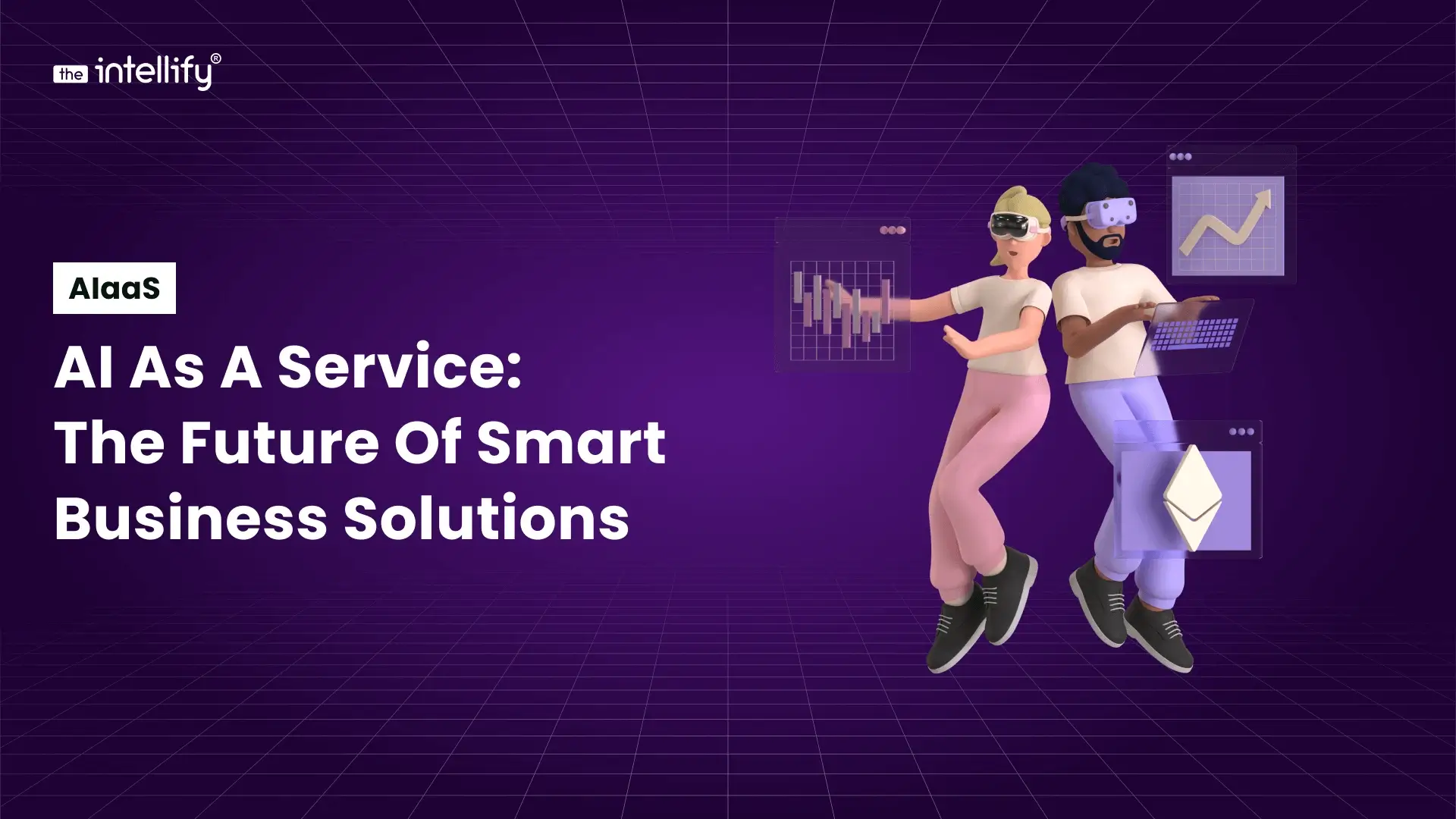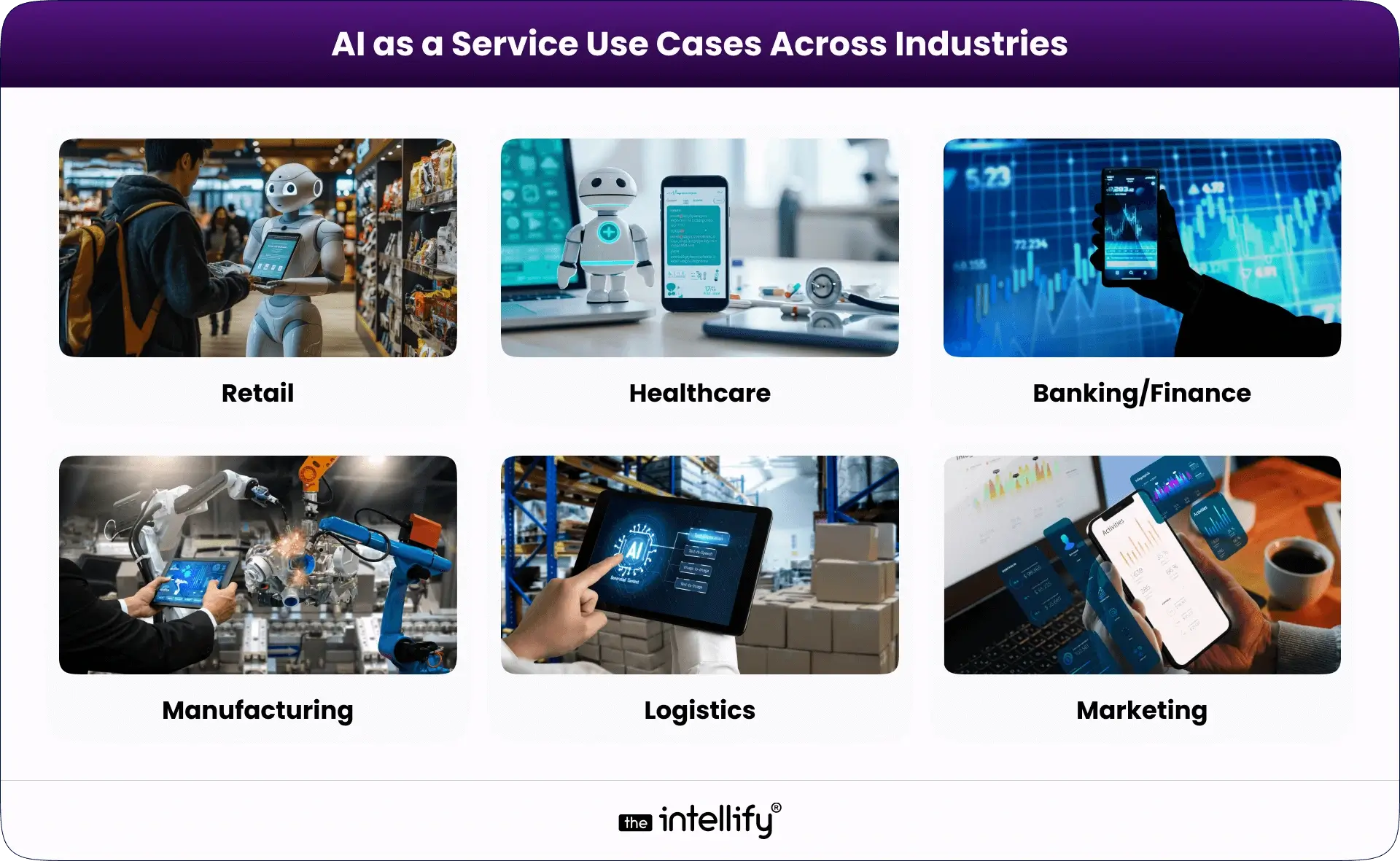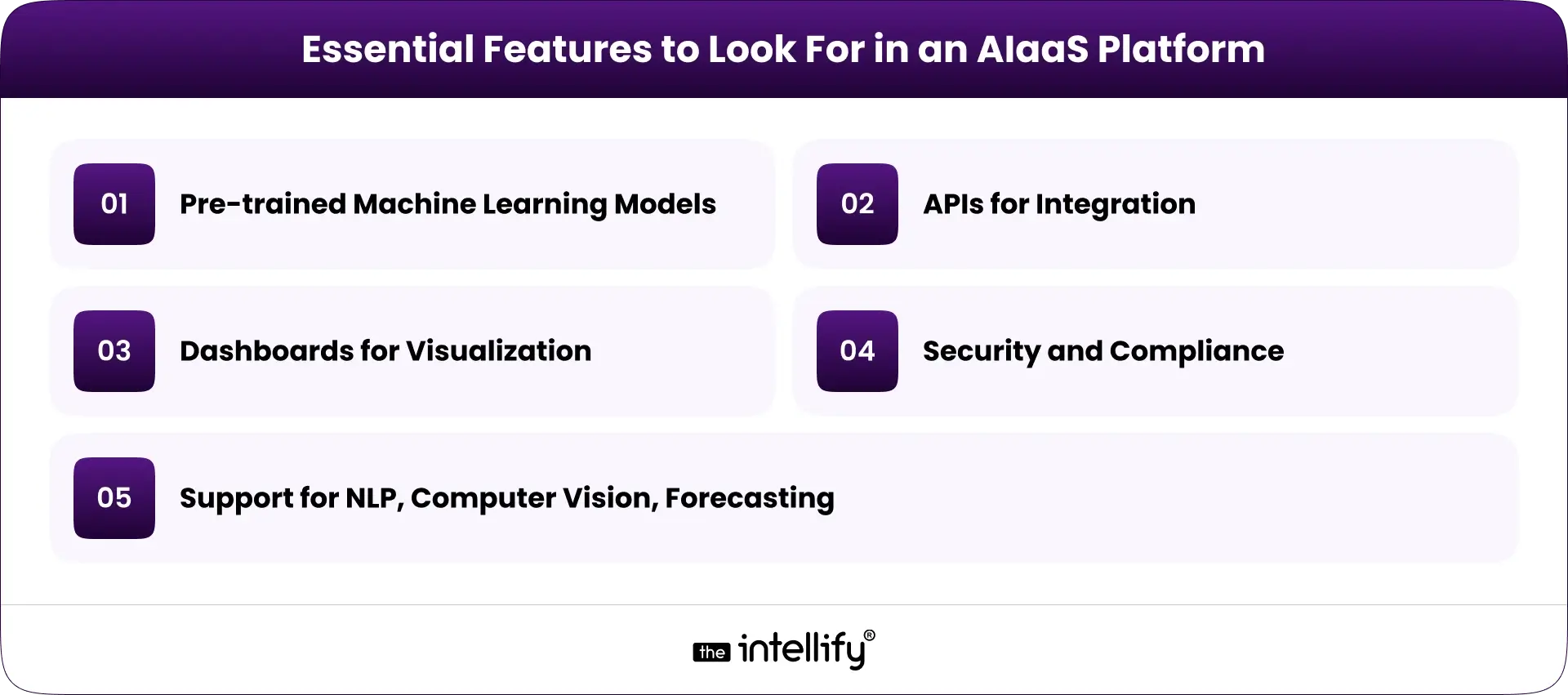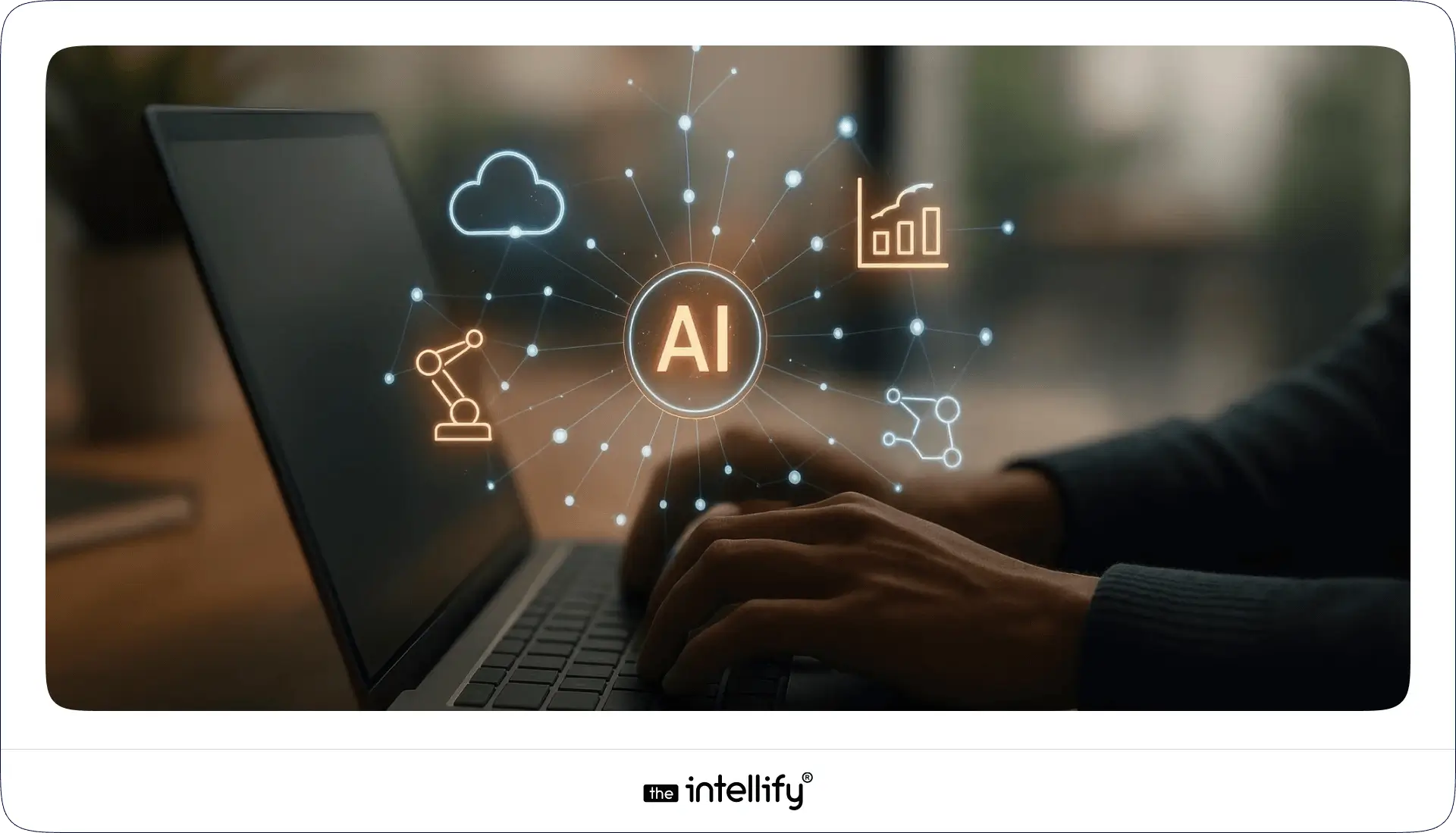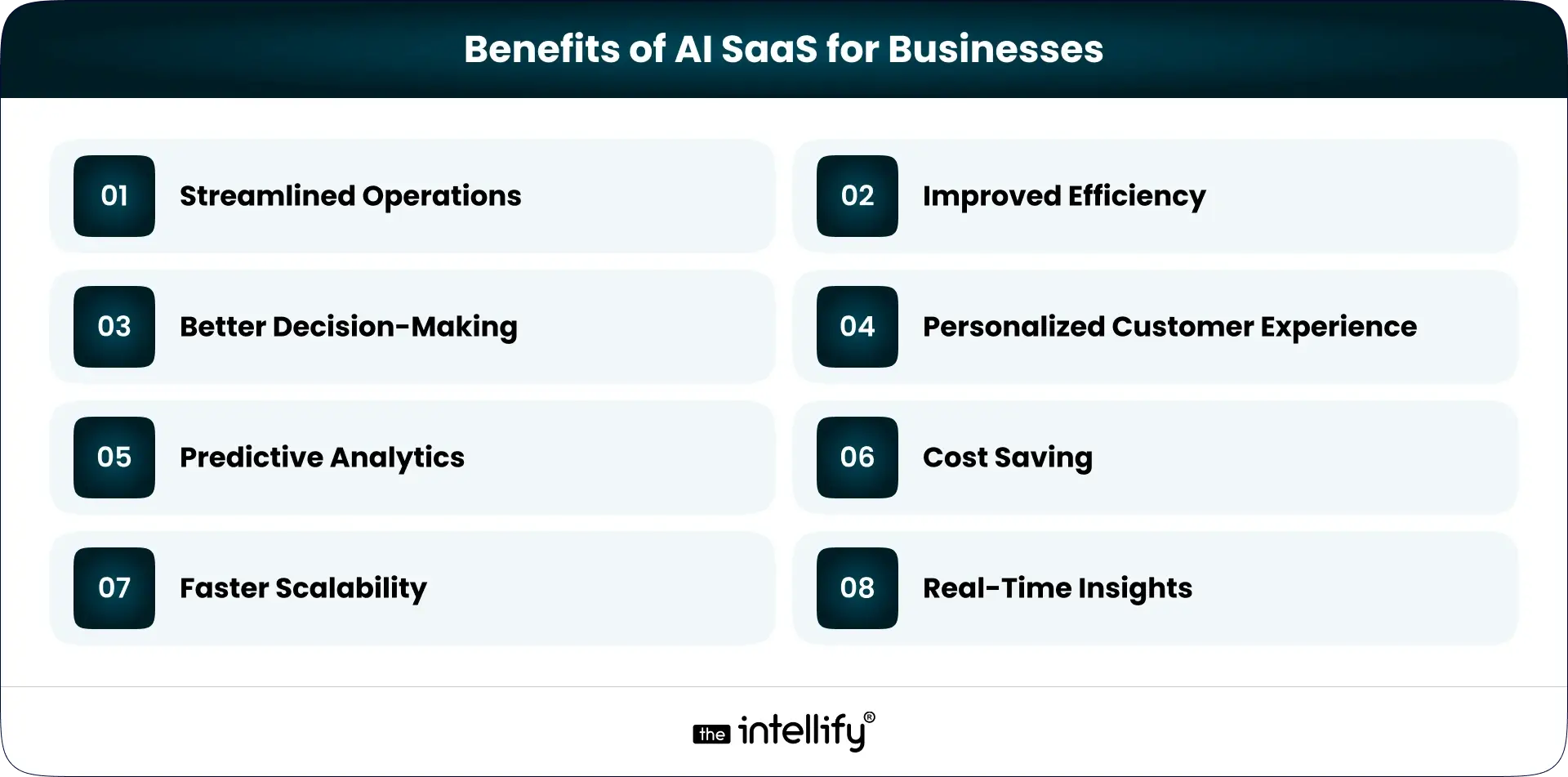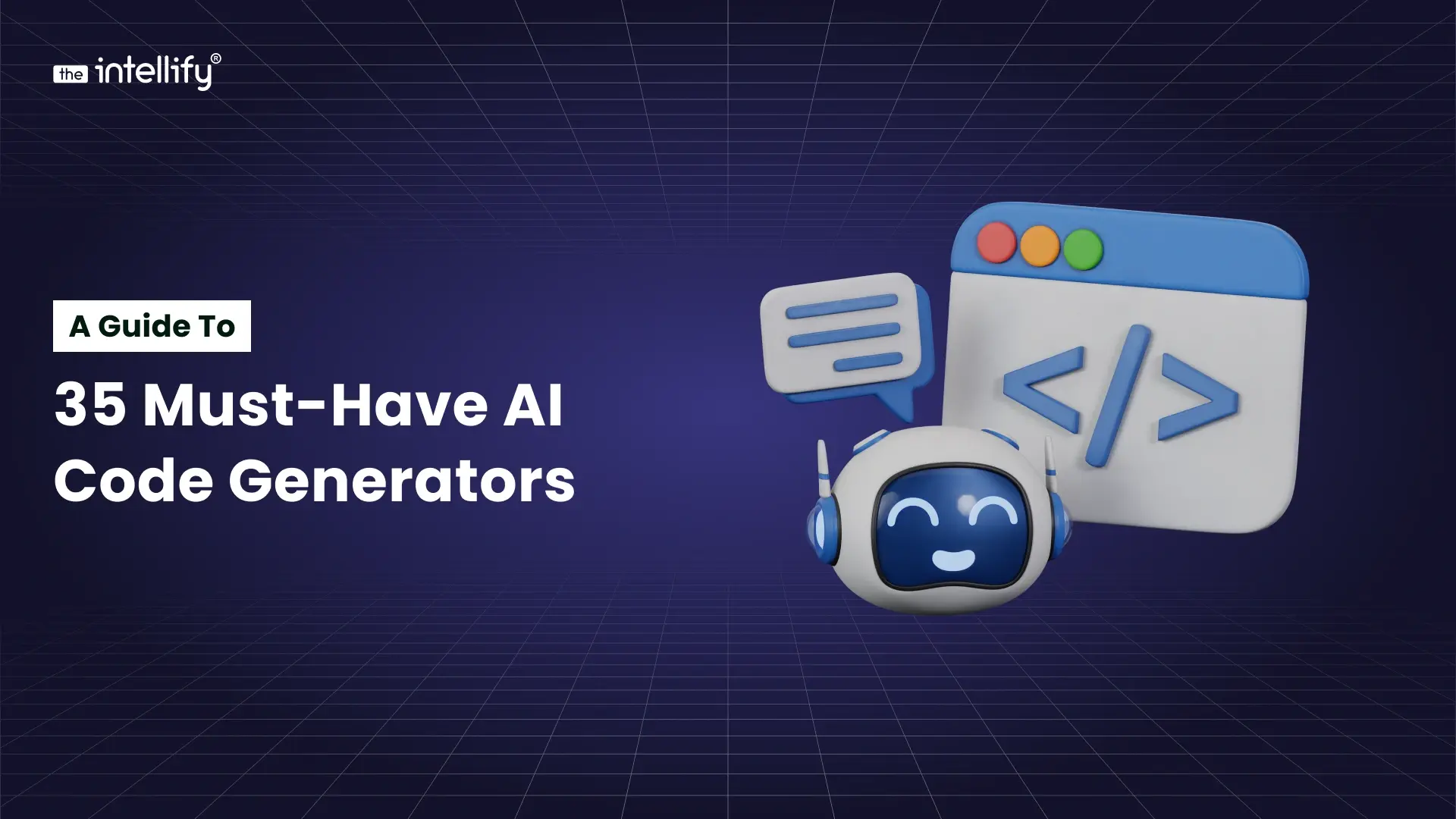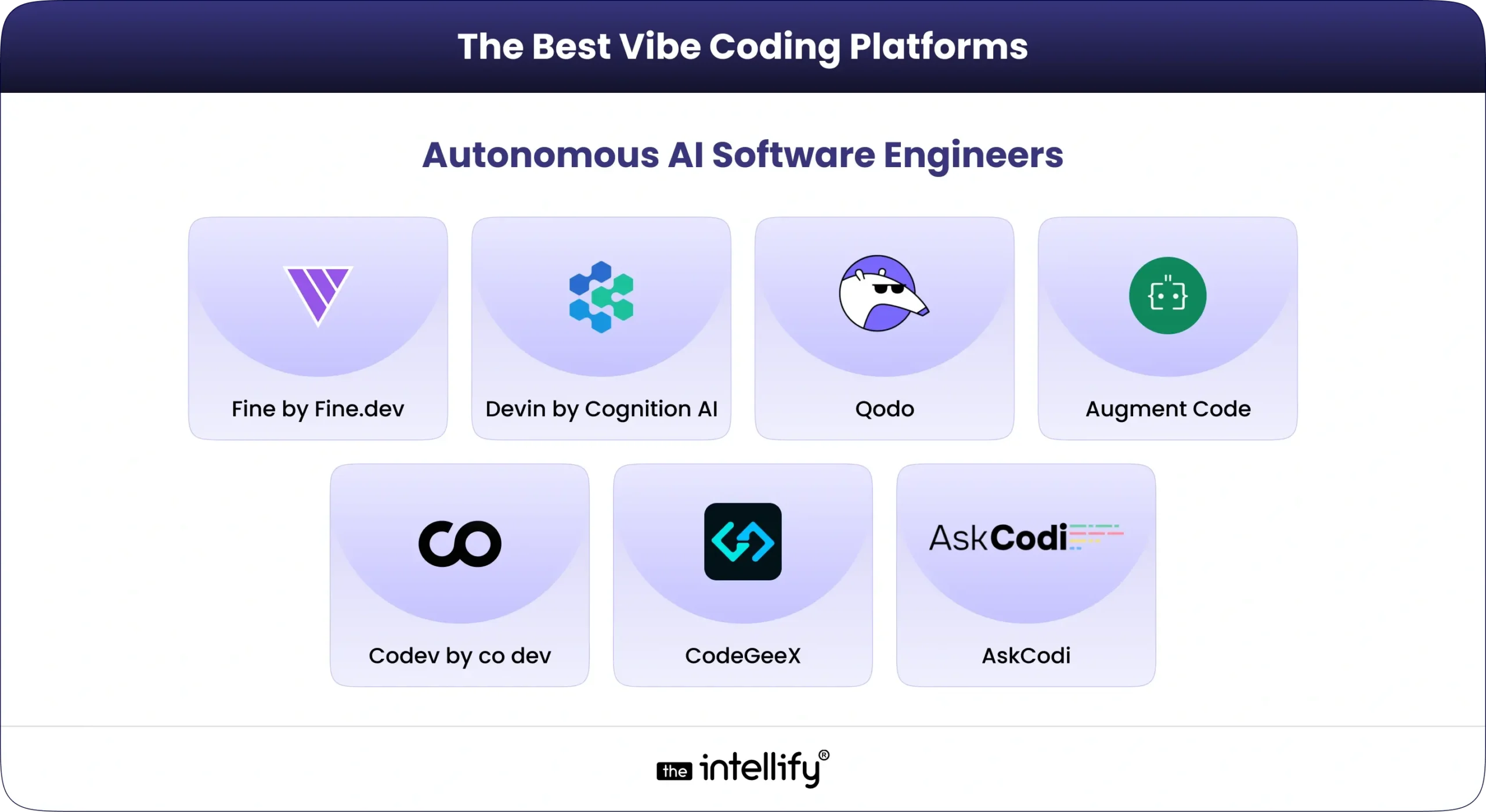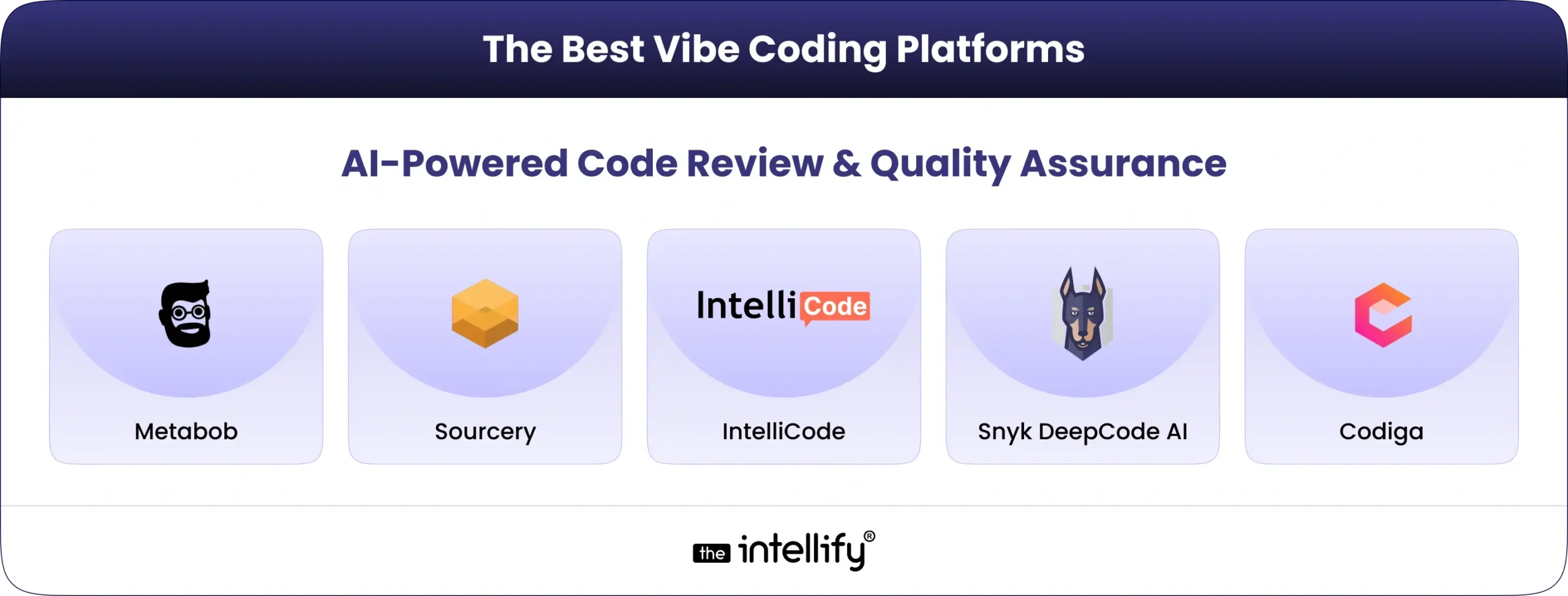Quick Executive Summary
Android 16 (API level 36, “Baklava”) is a productivity-and security-focused release that began rolling out to Pixel devices on June 10, 2025, and brings smarter notifications, desktop-style windowing for large screens, improved hearing-device support, and tighter privacy controls. The update also marks the first step toward the Material 3 “Expressive” visual refresh and introduces behaviour changes for app resizability and orientation on tablets and foldables. For top developers and product leaders, Android 16 means testing for multi-window/resizable behaviour, adopting new notification and media APIs, and leaning into improved accessibility and Advanced Protection features.
Introduction: Android 16 in a nutshell
Android 16 (API level 36, “Baklava”) sharpens productivity, privacy, and visual polish across phones, tablets, foldables, and cars. This post breaks down the release timeline and beta milestones, highlights the platform’s most consequential features (live notifications, desktop-style windowing, Material 3 Expressive), and explains Pixel- and OEM-specific touches. You’ll get practical guidance for mobile app development, UI adjustments, and product strategy to ensure compatibility and competitive advantage. Read on for a short statistics snapshot and a clear roadmap your engineering and product teams can act on.
Statistics Report

- Android 16 public launch date: June 10, 2025 (rollout started on supported Pixel devices).
- Global mobile OS share (context for product reach): Android ≈ 72% of mobile OS market (mid-2025 StatCounter snapshot).
- United States mobile OS share (audience context): iOS leads in the US, with Android holding roughly 41% of U.S. mobile device share as of mid-2025, important when sizing US product impact and user testing.
- Key technical anchor for developers: apps targeting Android 16 (API level 36) must handle changed behaviour for orientation/resizability on displays with the smallest width ≥600dp (tablets, foldables). This directly affects layout, multi-window, and manifest expectations.
- Productivity feature to prioritise: Desktop-style windowing and taskbar/keyboard shortcut support on large screens, design and QA must cover multi-window behaviour and keyboard-driven workflows.
Streamlined Notifications & Productivity Tools
Android 16 refines the user interface by making notifications smarter and multitasking more powerful. Key changes include:
- Live, grouped notifications: Android 16 introduces progress-style notifications (“Live Updates”) for ongoing tasks like ride-share or delivery. Compatible apps can push real-time progress into the notification shade (e.g., showing delivery arrival status without opening the app). The system also auto-groups multiple alerts from one app into a single expandable card, reducing clutter.
- Predictive back navigation: A new “Predictive Back” animation lets users peek at the previous screen before fully navigating back, improving three-button navigation. Developers can hook into this via the onBackInvokedCallback API.
- Enhanced multi-window mode: Android 16 brings desktop windowing to tablets and large screens. Users can now open, move, and resize multiple app windows on one display (similar to ChromeOS or Samsung DeX). This powerful feature will roll out on compatible tablets and foldables later in 2025. It’s designed to boost productivity by letting users work across apps without leaving full-screen mode.
- Custom keyboard shortcuts and taskbar: Android 16 adds support for user-defined hotkeys and a “taskbar overflow” for large-screen devices. You’ll be able to map shortcuts to apps and actions, and access an overflow menu when the taskbar is animated. These features turn tablets into near-desktop experiences for power users.
These productivity upgrades make Android more versatile on bigger devices. CEOs and CTOs should note that apps can now span desktop-like modes; testing responsiveness and window resizing is crucial. Mobile development teams should incorporate responsive layouts and consider how new notifications (grouped and live) can enhance their app experience.
Redesigned Material 3 “Expressive” Interface
Android 16 lays the foundation for a visual overhaul called Material 3 Expressive. Although the full Expressive theme will arrive in a later update, Android 16 begins the shift with:
- Richer animations and colors: The new design language emphasizes vibrant color palettes, subtle blur effects, and lively animations. UI elements like Quick Settings, volume sliders, and menus sport smoother transitions and more depth. (For example, the brightness and volume sliders now include haptic feedback and refined visuals.)
- Quick Settings refresh: The Quick Settings panel gets an overhaul. Tile backgrounds are more translucent/blurred, icons are updated, and commonly used toggles (Wi-Fi, Bluetooth, etc.) are easier to access. Samsung’s One UI 8 (Android 16) also embraces this design.
- Edge-to-edge and spacing enforcement: Apps targeting API 36 (Android 16) can no longer opt out of full-screen edge-to-edge layouts. A new restriction ignores certain font attributes so that text spacing (especially in languages like Arabic or Thai) is consistently readable. This ensures all apps fit the modern Android aesthetic.
Designers and developers should start experimenting with Material 3 Expressive guidelines. Even before the complete theme arrives, integrating expressive color schemes and smooth animations will align your products with the updated Android look. The new one-handed UI patterns and updated icons mean rethinking mobile app UI design to keep interfaces fresh and branded.
Enhanced Media, Camera, and Content APIs
Android 16 delivers powerful new capabilities for media and content-heavy apps:

- Pro-level camera features: Creators benefit from night mode scene detection, hybrid auto exposure, and precise color temperature controls to capture better photos in challenging lighting. High-end video gets a boost with APV codec support. This high-bitrate professional video codec (10-bit, 422 chroma) enables near-lossless recording and editing workflows. UltraHDR imaging and HEIC photo encoding continue to improve on-device.
- Embedded photo picker: The photo picker API can now be embedded directly in app layouts, and it integrates cloud storage (e.g., Google Photos) alongside local file environments. Users can search their entire media library (local or cloud) in one place. This streamlines building sharing or messaging features: apps no longer need separate file managers for online albums.
- Linux on Android: A new expansion of the Android Virtualization Framework allows running a full Debian Linux environment on Android 16. Developers and power users can install and run desktop Linux apps (even Doom!) inside Android. This underscores Google’s emphasis on productivity for technical users, though it’s more of a niche feature.
Mobile app developers should explore these APIs. For example, media apps can leverage the new progress notification style for ongoing operations (like uploads/downloads), and include live-updating content. Games and graphics-intensive apps can query new APIs for adaptive refresh rate (1Hz–120Hz) to optimize smoothness and battery use. Camera apps, in particular, can use the new night and exposure features (via Camera2 API extensions) to stand out with better image quality.
Accessibility and Connectivity Improvements
Android 16 doubles down on making devices usable for everyone:
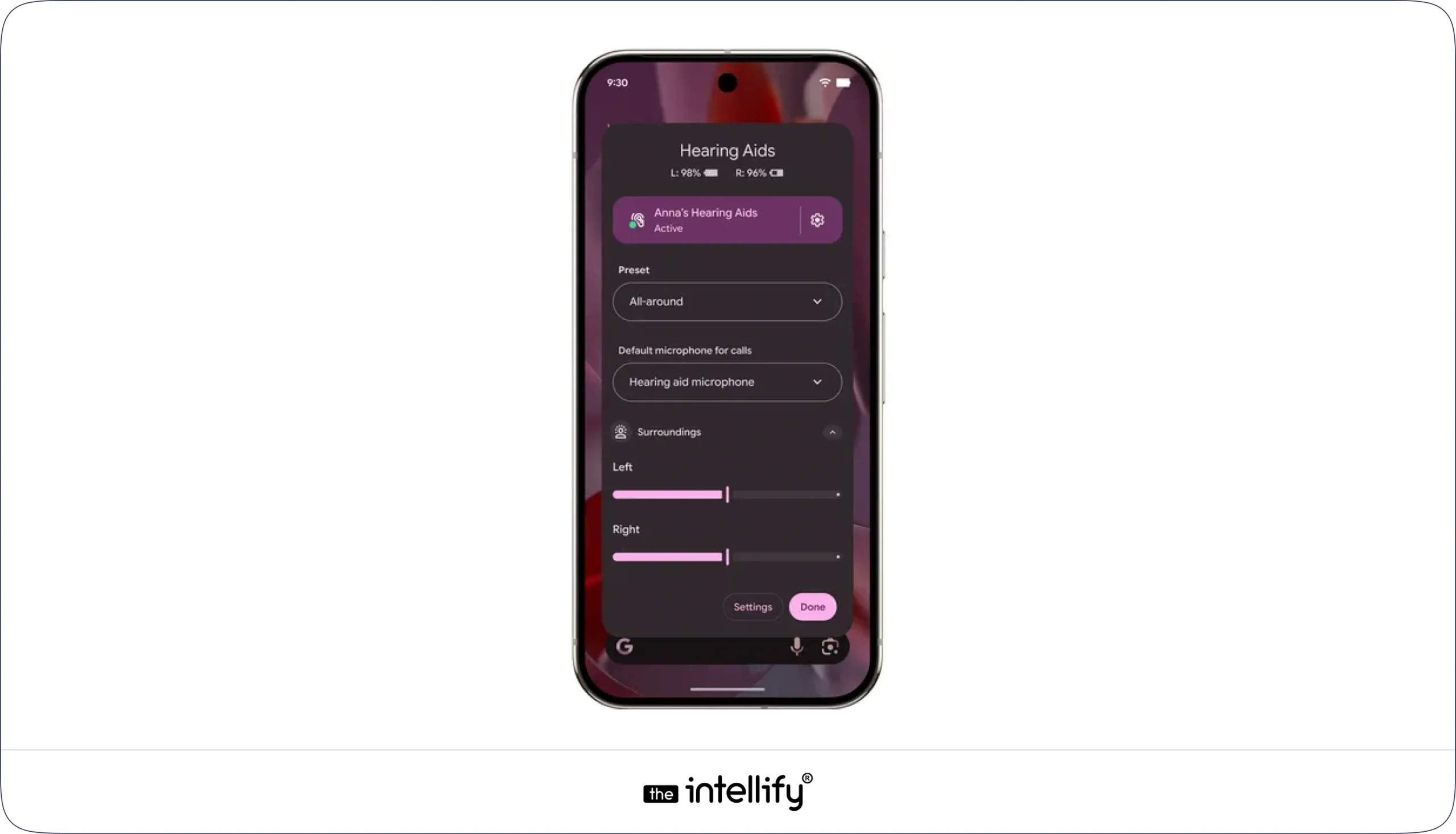
- Hearing device support: Android 16 lets smartphones act as remote microphones for Bluetooth hearing aids. If you wear LE Audio hearing aids, you can now switch the audio input to your phone’s mic for clearer calls in noisy environments. Google. The update also adds native hearing device controls to Android Settings, so users can adjust hearing aid volume and presets directly on the phone. Google-compatible apps devices.
- Auracast audio broadcasting: Thanks to Bluetooth LE Audio’s Auracast technology, Android 16 can broadcast a single audio stream to multiple compatible devices. For example, you could share music or a podcast to multiple headphones or speakers at once. This is great for public announcements or collaborative listening. Note that both source and receivers must support LE Audio and Auracast.
- Outline text mode: A new high-contrast text mode draws bold outlines around text to improve. This replaces the old high-contrast toggle and helps users with visual impairments read small text more easily. Developers can check the new API flags (AccessibilityManager.isOutlineTextEnabled()) to adjust UI if needed.
- Linux terminal app: For technically-inclined users, the built-in Linux terminal is enhanced to run more desktop-like applications (including graphical ones) in a VM. This won’t affect typical apps, but is handy for coding or developers testing on-device Linux apps.
These accessibility and connectivity upgrades are subtle but impactful. Product teams should ensure their apps work with the new hearing aid features (e.g., avoid conflicting audio paths) and support larger text or outline mode. Connectivity features like Auracast may open new use cases for streaming apps in public or enterprise settings.
Stronger Security and Privacy
Android 16 continues Google’s focus on locking down devices and protecting user data:
- Identity Check: A new security feature called Identity Check requires re-authenticating (via PIN/biometrics) when users try to sign in or access sensitive accounts outside of trusted locations. This helps prevent account takeovers (for example, if a phone is lost or stolen).
- Advanced Protection: Android 16 integrates Google’s Advanced Protection (previously a separate security program) more tightly into the OS. With one toggle, users get Google’s strongest built-in safeguards against phishing, malware, and scam calls. Google data. In short, all risk-averse users (or executives) have a one-tap way to enforce stricter security.
- Trade-in Mode: There’s a new Trade-in Mode designed for wiping or trading your device. It lets repair shops run diagnostic tools on a wiped device without granting access to personal data. This ensures privacy when handing devices to third parties.
- Background process limits: Android 16 refines how background jobs and services run. The system adjusts CPU/GPU quotas based on app state (active vs. idle) and introduces APIs for “headroom” so intensive apps can check available resources. Misbehaving apps will see stricter limits, which improves performance and battery life for users. Developers should review updated JobScheduler constraints and background execution limits (now tied to app standby buckets) android-developers.googleblog.com.
- Privacy Sandbox updates: The privacy sandbox on Android gets another iteration, limiting tracking and requiring explicit user consent for sensitive data access (like media store). Apps can now more easily let users share only specific photos/videos, instead of entire albums. Additionally, a new “local network permission” toggle (NEARBY_WIFI_DEVICES) appears, preparing for future privacy for Android developers, models.
From a product strategy standpoint, these features mean that security and privacy are selling points. Companies building apps for enterprise or finance should highlight compatibility with Advanced Protection and identity-check features. Developers must also ensure apps don’t break under the new background/permissions rules: for example, request NEARBY_WIFI_DEVICES where needed.
Google Pixel and OEM Updates
Since Google Pixel phones always get Android’s flagship software first, Android 16 includes a few Pixel-specific benefits (often rolling out in a Pixel “Feature Drop”):
- Fingerprint unlock improvements: The Pixel 9 series introduced an ultrasonic under-display fingerprint sensor. In Android 16 Developer Preview 2, Google added a “screen-off fingerprint unlock” option for these models. This lets users unlock the phone without turning on the display first, speeding up the process. (Older Pixels with optical sensors cannot support this.)
- Adaptive refresh and haptics: Pixel 9 devices also see smoother performance: DP2 tweaked the adaptive display refresh algorithm, boosting battery life and vibration feedback in games. These low-level improvements may not directly affect app code, but contribute to a snappier feel.
- Material design on Pixel: The Pixel Launcher and system UI adopt the first bits of Material 3 Expressive. Expect new wallpapers, themes, and icon animations as “Expressive” updates roll out later in 2025. Samsung’s One UI 8 (based on Android 16) will similarly mirror these visual changes.
- Pixel-exclusive features: Android 16’s enhanced hearing aid support, live notifications, and security tools were demonstrated on Pixel devices and are usually available to all modern Pixel models (Pixel 6 and later) via this update. The June 2025 Pixel Feature Drop bundled Android 16 with extra features for Pixel hardware.
In practice, many Android app users will be on Pixel or Galaxy devices. If you see bugs or UI issues reported on Pixel 8/9 after Android 16, remember that early adopters often encounter driver or firmware quirks. Encourage thorough beta testing. But for most products, the focus should be on supporting the new system features: e.g., integrate live notification updates, use the new outline text mode, and validate UI on foldables and large screens.
Android Automotive 16: In-Car UI Tweaks
Android Automotive OS 16 (for cars) is a lighter update but still worth noting:
- Subtle UI polish: The AAOS 16 home screen drops the weather card to make the media card taller. Quick controls (volume, brightness) now blend with the background instead of black.
- Volume panel redesign: Instead of a full-width bar, the new volume panel is more compact (dimmed overlay) with text labels for each slider (Media, Navigation, In-Call). A new button lets drivers quickly switch audio output, and “ringer” is relabeled “in-call volume” for clarity.
- Voice Assistant shortcut: AAOS 16 adds a dedicated voice assistant button on the dashboard (next to brightness). This change suggests deeper integration of Google’s AI assistant (Gemini) in cars, making it easier for drivers to issue voice commands without menus.
- Legibility tweaks: The app grid on AAOS now uses a 4×3 layout (fewer icons per page), so labels aren’t cut off. The notification panel background is fully opaque for better on-road readability.
- New UWB toggle: A new setting lets users toggle Ultra-Wideband (UWB) radio, which powers Android’s Digital Car Key feature. This is a nod to car integration, letting phones securely lock/unlock vehicles.
While these changes are modest, auto app developers should test in-car apps for layout and navigation (e.g., ensure glanceability). The big picture: Android 16 is extending Google’s AI (Gemini) into cars and refining the UI for safer driving. Companies building in-car experiences should plan to update compatibility with AAOS 16, even if many final interfaces will be customized by automakers.
Developer Impact: Preparing Your Apps
Android 16 brings important behavior and API changes that mobile developers must address:
- Adaptive apps by default: Google is phasing out forced screen orientations and fixed layouts on large screens. On devices with a width ≥600dp (tablets, foldables), apps will always fill the screen and rotate unless they actively opt out. This means old phone-only apps need a UI overhaul to look right on tablets. Developers should use responsive layouts (ConstraintLayout, Jetpack Compose with adaptive guidelines) and test on various screen sizes.
- Orientation & resizability changes: Manifest attributes that limited rotation or multi-window modes will be ignored on large screens in Android 16. Apps targeting API 36 should double-check their handling of configuration changes. Google provides compatibility toggles in developer settings to simulate the new behavior.
- API level bump: Google Play will soon require targeting Android 16 (API 36) for new apps and updates. Apps should adopt the new Material 3 themes and behavior changes to avoid surprises. For example, targeting API 36 means no longer opting out of edge-to-edge and using new attributes to handle captioning and text spacing.
- New APIs and libraries: Android 16 offers many new APIs: progress notification styles (Notification.ProgressStyle for Live Updates), camera scene-detection, APV codec classes, audio sharing (BroadcastAudioController), Linux VMs, etc. Plus, he Health Connect FHIR APIs for medical data. Teams should audit whether these can improve their apps. The updated AndroidX libraries and Jetpack Compose versions in Android Studio Arctic Fox (or newer) support many of these features.
- Performance profiling: A host of under-the-hood tools arrive: system-triggered profiling, better frame rate queries (getSuggestedFrameRate()), and new job scheduling reasons. Developers of games and heavy apps can use these to fine-tune performance on Android 16 devices.
- Privacy changes: The app compatibility framework (toggle behavior changes) helps debug new privacy defaults (e.g., MediaStore isolate, local network permission). Test whether any media file access or companion device pairing flows need updating with the new companion device dialogs.
In short, testing your app on Android 16 early is critical. The Android Developers site outlines the steps (set up a Pixel or emulator with Android 16, review behavior changes). Project leads should schedule compatibility sprints: use the Android 16 emulator, enable all new system flags, and run end-to-end tests. Update libraries or replace deprecated APIs as needed.
Product Strategy and Business Implications
For CEOs, CTOs, and Product Managers, Android 16 presents both opportunities and challenges:
- Strategic timing: Android 16’s faster release cadence means staying up-to-date is more important than ever. Rolling out your app updates to target API 36 early can be a competitive advantage. Plan product roadmaps around Android’s calendar: for example, QA Android 16 features during Q3 2025 (beta) so you can advertise “support for Android 16” by launch.
- Market differentiation: Leverage new Android 16 features as selling points. For instance, a delivery app could highlight its integration with Android 16’s Live Updates (so users get real-time tracking in notifications). A healthcare app can emphasize secure Health Connect features (FHIR records) and comply with new privacy standards.
- Expanding to new devices: With desktop modes and foldable support, consider porting apps to tablets or ChromeOS. A CRM or ERP app (often PC-only) could get a touchscreen-friendly Android version that runs in multi-window mode. OEM features like Samsung DeX and One UI 8’s multimodal AI hint that business users will expect Android tablets to behave like laptops. Adapting apps to these scenarios (dual-screen optimization, keyboard shortcuts) can capture new market segments.
- Developer services demand: The breadth of changes means businesses will need expertise in mobile app development, Android UI design, and API migration. Investing in skilled Android developers or partnering with mobile development services is wise. The Intellify (for example) offers “app development on Android” and “mobile app UI design” consulting to help companies modernize apps for Android 16. Whether it’s refreshing a UI with Material 3 Expressive, implementing adaptive layouts, or ensuring security best practices, the right team can speed up adoption.
- Privacy-first features: Apps in regulated industries (finance, health) should integrate Android 16’s security tools. Encourage security-conscious customers to enable Advanced Protection, and ensure your app respects Identity Check triggers. Highlighting compliance (Android 16 API compliance) can build trust.
Ultimately, Android 16 is as much a platform shift as a version bump. It’s reshaping the Android ecosystem toward larger screens and AI-enhanced experiences (note Samsung’s One UI 8 AI features and Google’s push of Gemini across devices). Companies that align product roadmaps with Android 16, update apps, retrain design teams, and consider new form factors will be best positioned to capitalize on these trends.
Your Android 16 Solution Partner: The Intellify
The Intellify provides strategic mobile product and engineering support and maintenance to help organizations adopt Android 16 effectively. We assist with adaptive UI modernization, multi-window testing, privacy-first migration (Identity Check / Advanced Protection), and integrating new media/notification APIs so your product works beautifully across phones, tablets, foldables, and Android Automotive. For executives and engineering leads, our work speeds safe, compliant launches that take full advantage of Android 16’s productivity and security capabilities.
Conclusion
Android 16 is a landmark release that reshapes the mobile landscape. Its emphasis on expressive design, robust privacy, and productivity tools reflects the future of Android on phones, tablets, foldables, and even cars. For developers and businesses, Android 16 is both a challenge and an opportunity: updating apps to adopt new API behaviors, and seizing new features to delight users.
By understanding Android 16’s innovations, from Live Notifications and Material 3 Expressive to desktop windowing and Advanced Protection, mobile teams can craft strategies that keep products on the cutting edge. Companies that move quickly to embrace these changes will not only comply with Google’s updated platform requirements but also offer richer, more secure experiences.
Staying ahead means planning now: test your apps with Android 16 beta releases, refresh your UI to match the new design vision, and leverage productivity features to stand out. With Android 16 as the foundation, the next generation of mobile and connected-car applications is set to be more capable than ever.
FAQs: What to know about Android 16
-
1. What is Android 16, and when was the Android 16 release date?
- Android 16 (API level 36, “Baklava”) is Google’s 2025 major update.
- Public rollout began June 10, 2025 (Pixel-first).
- Focus: productivity, Material 3 Expressive UI, security, and large-screen improvements.
-
2. What are the headline Android 16 features I should know about?
- Live/Grouped Notifications and Live Updates.
- Desktop-style windowing/Android 16 desktop mode for tablets/foldables.
- Media and camera improvements (APV codec, embedded photo picker).
- Stronger privacy (Identity Check, Advanced Protection).
-
3. How do Android 16 beta releases work, and which beta should I test?
- Use the Android Beta program or Pixel/dev emulators to join.
- Test across Android 16 beta 1 → beta 2.1 → beta 3 to catch behavior changes early.
- Prioritize beta 2.1/3 for stability and compatibility testing.
-
4. What common Pixel Android 16 issues should I watch for?
- Possible OEM driver quirks on Pixel hardware (fingerprint, haptics).
- App resizability or layout glitches on Pixel tablets/foldables.
- Pixel-specific Pixel Launcher or Feature Drop differences vs other OEMs.
-
5. How does Android 16 change app behavior for large screens and desktop mode?
- Apps must support resizable windows and adaptive layouts (≥600dp).
- Manifest orientation flags may be ignored on large displays.
- Add keyboard shortcuts and taskbar behaviors for better UX.
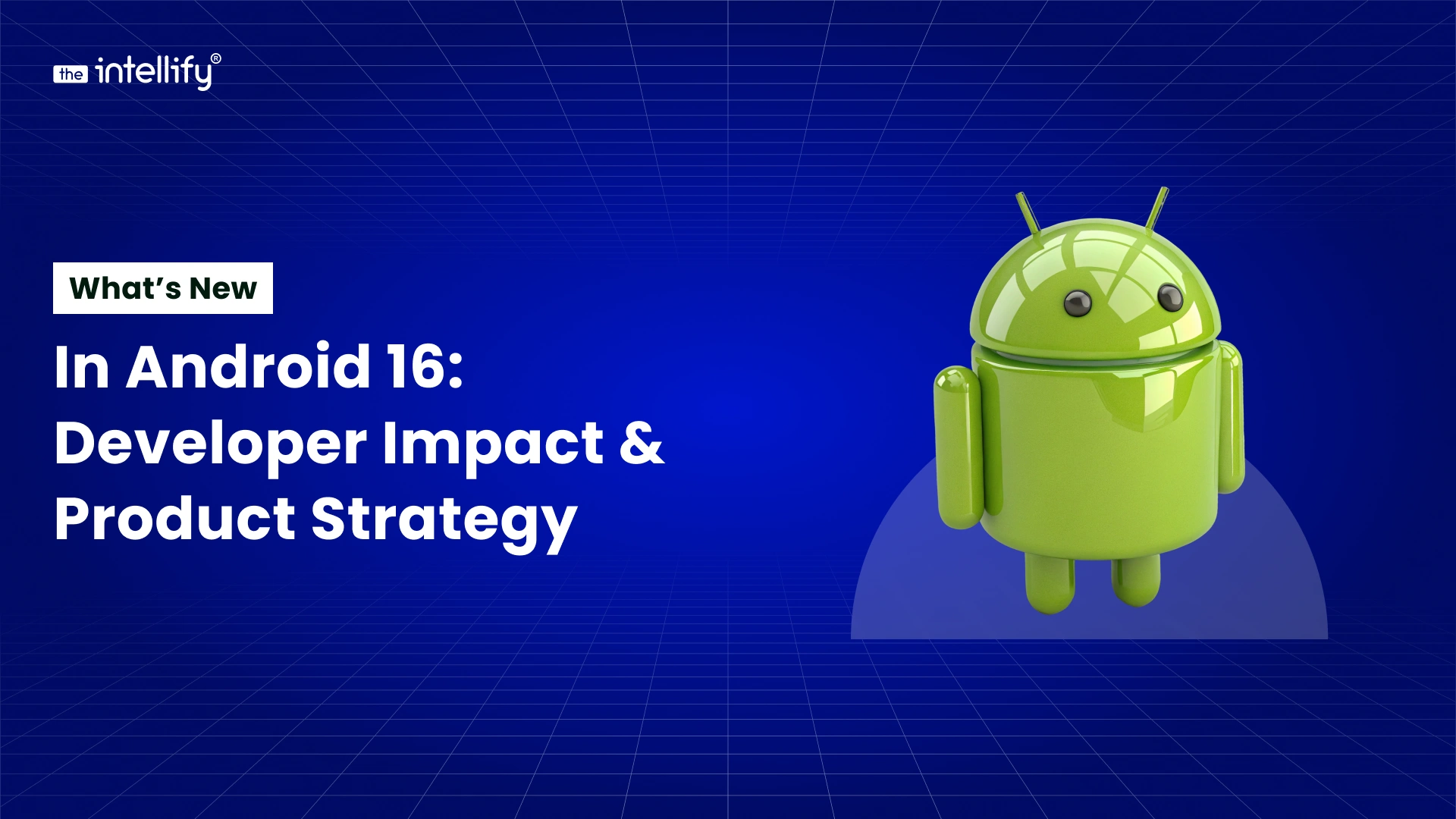


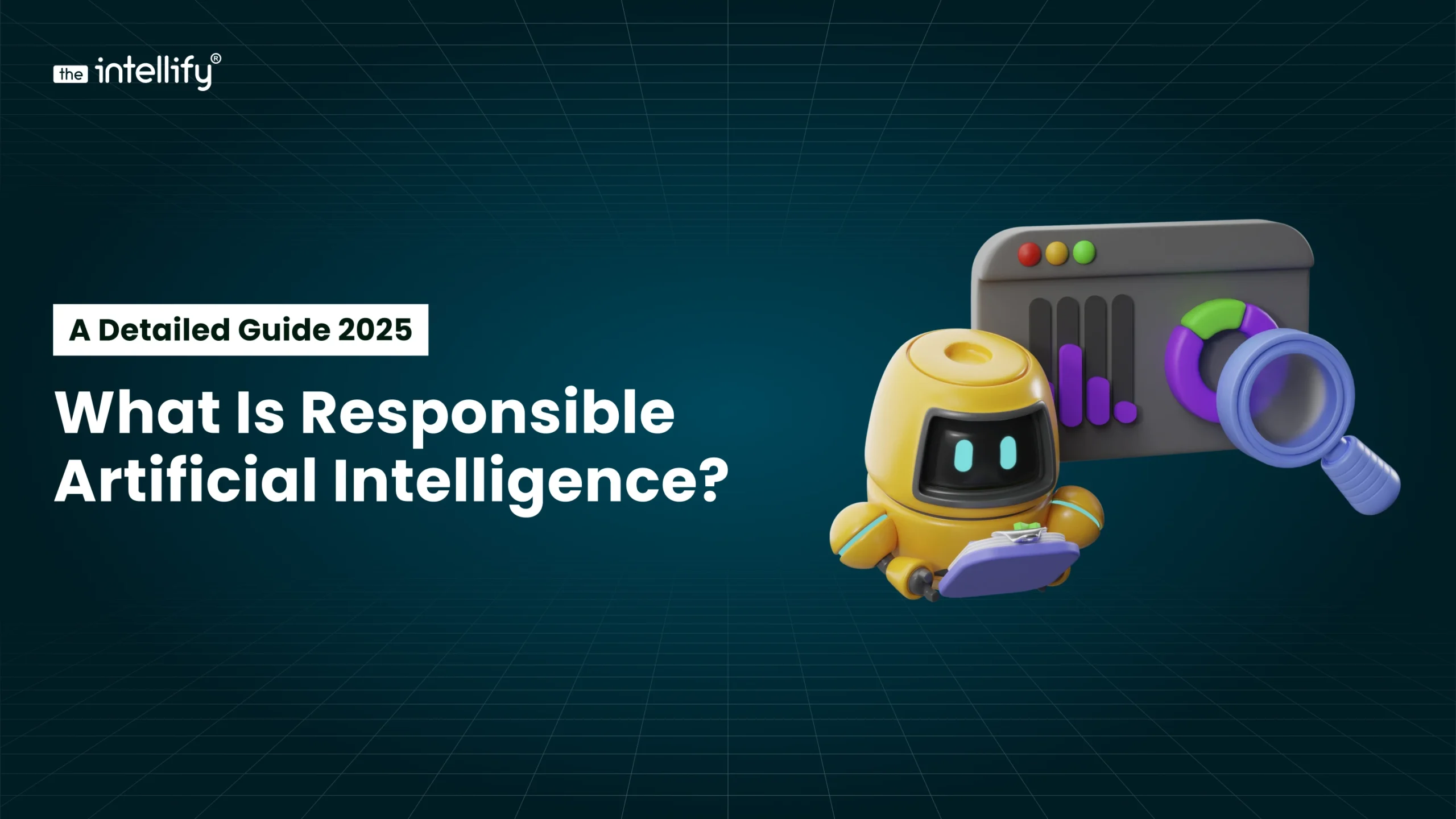

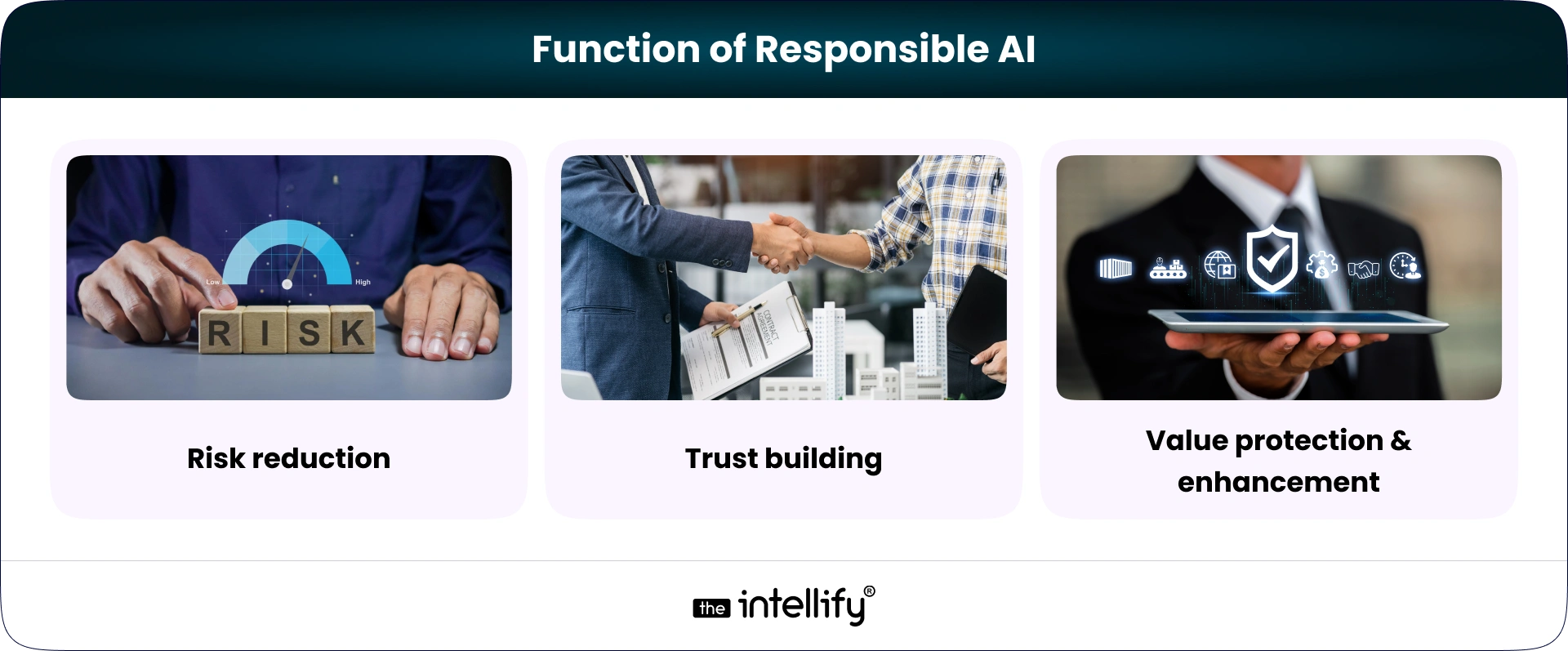
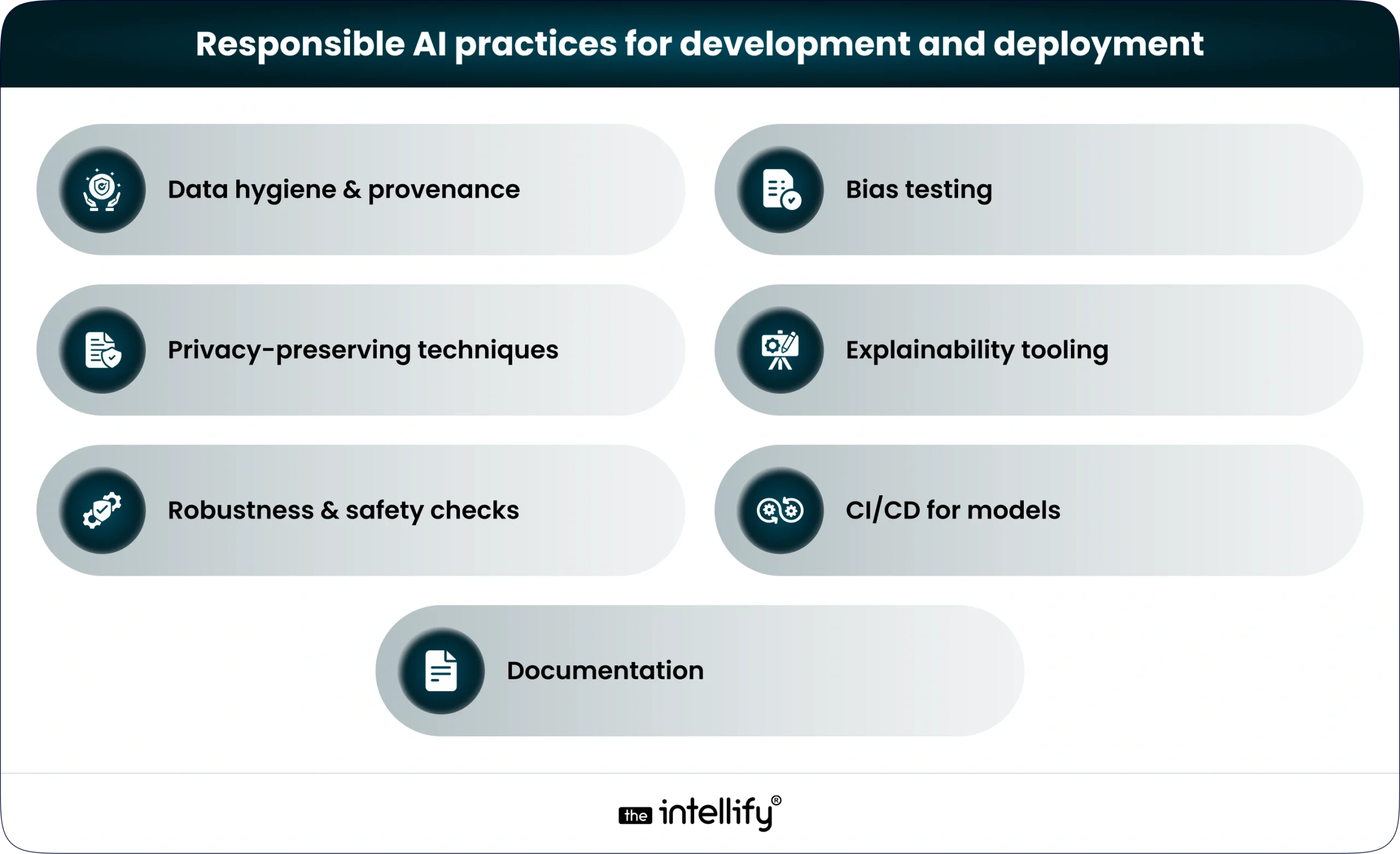

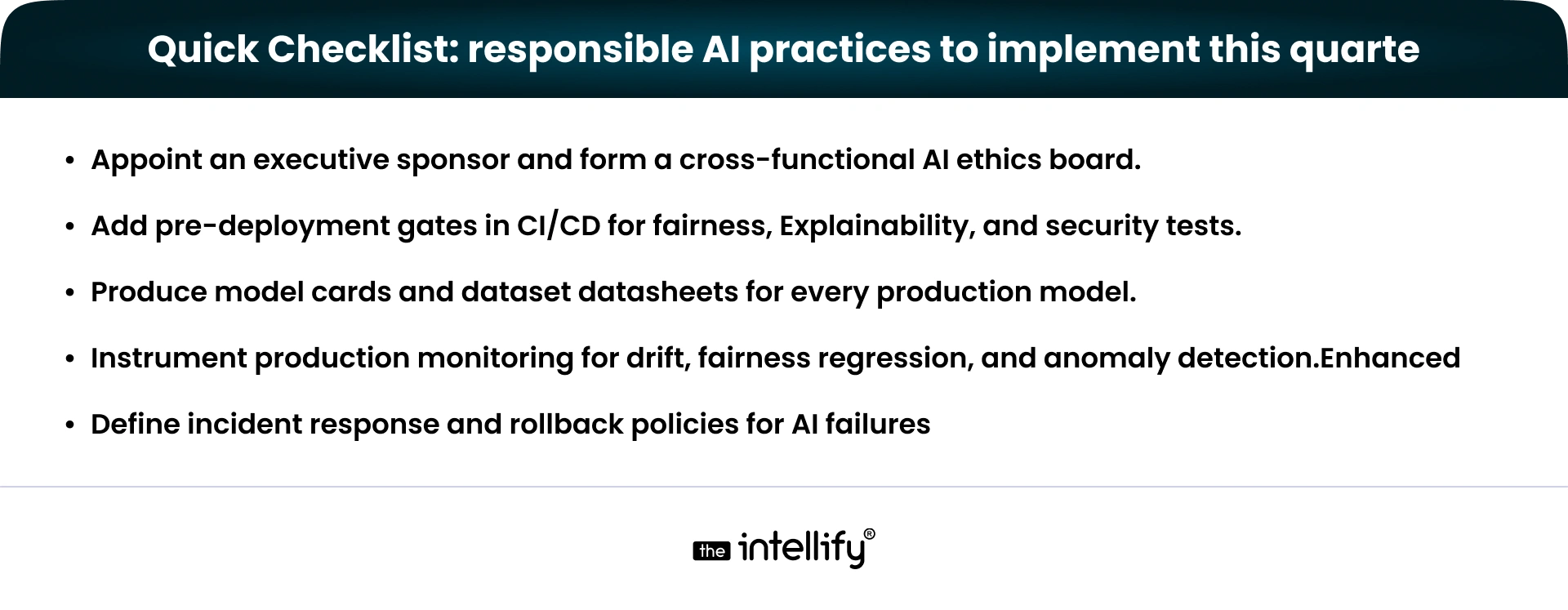



 Introduction
Introduction



